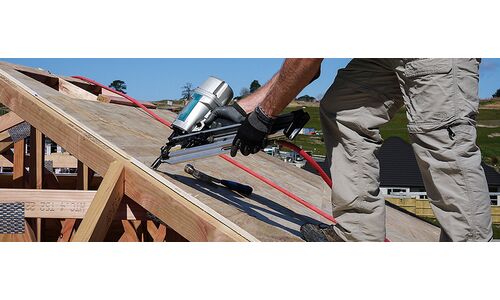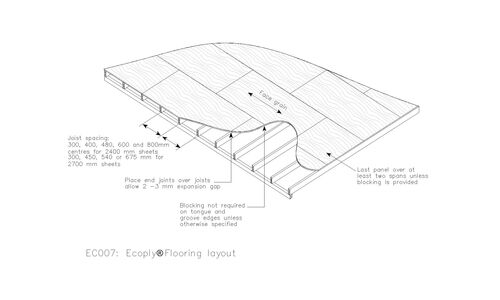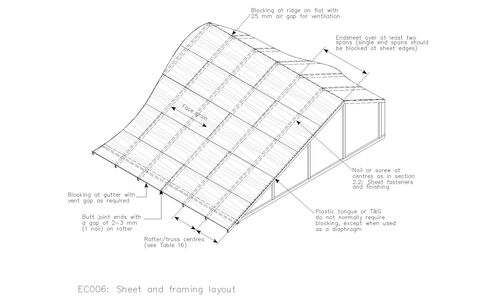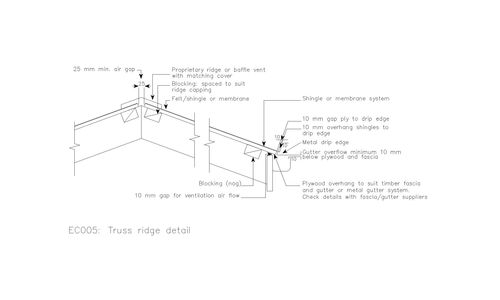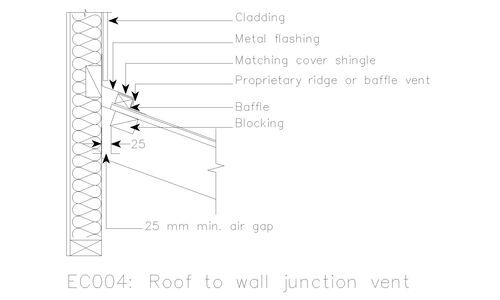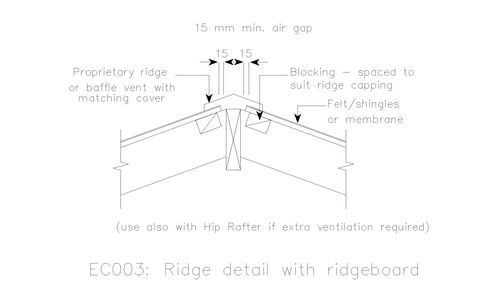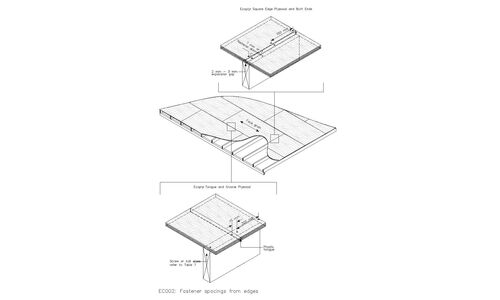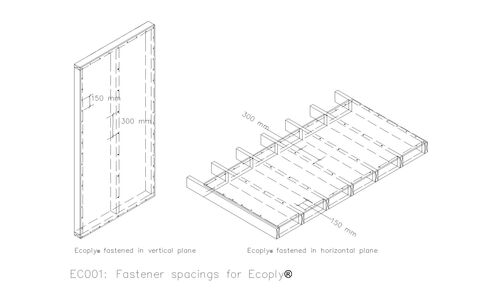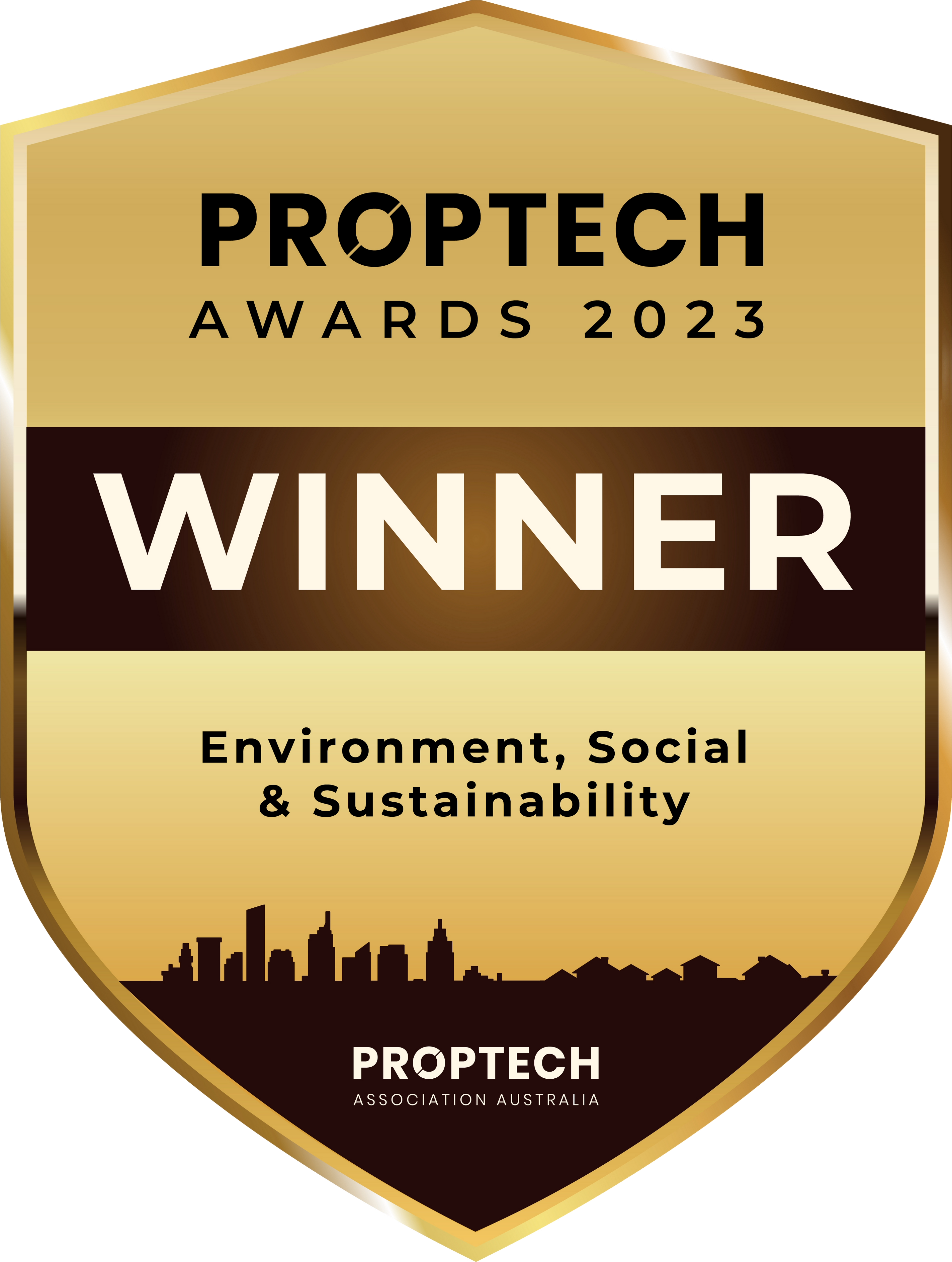







Ecoply® Roofing is designed for roofing overlays that can cope with open imperfections in the substrate face. For roofing products that require a smooth substrate, such as flexible membranes, use Ecoply Flooring or Ecoply Structural Square Edge (CD grade).
Features & Benefits
- Manufactured from sustainably-grown NZ plantation pine
- DD surface grade- left unsanded for extra strength and grip for roofing installers
- Tongue and groove edge profile (long sheet edges) do not require support blocking, saving time and money
- Sheet thicknesses: 15 to 25mm
- Sheet dimensions: 2400/2700 × 1200mm
- F8 and F11/F8 stress grades available: 15 mm and 17mm supplied in F11/F8 as standard for increased span capabilities
- Available untreated or H3.2 CCA treated
Compliance
Ecoply is manufactured under a third-party-audited quality control programme and is certified by the Engineered Wood Products Association of Australasia (EWPAA) as compliant with AS/NZS 2269 Plywood Structural.
Currently not available
Currently not available
Global warming potential(A1-A3)
-603.9 kgCo2-Eq of embodied carbon per 1m3 of Plywood manufactured and processed.
Global Warming Potential(A4)
Currently not available
Total Global Warming Potential
-603.9 kgCo2-Eq
Currently not available
At the end of its useful life, a plywood product is removed from the building and may end up recycled, reused, combusted to produce energy, or landfilled In New Zealand, the most common end-of-life method is landfill, especially for treated products, which have limitations for recycling and incinerating.

